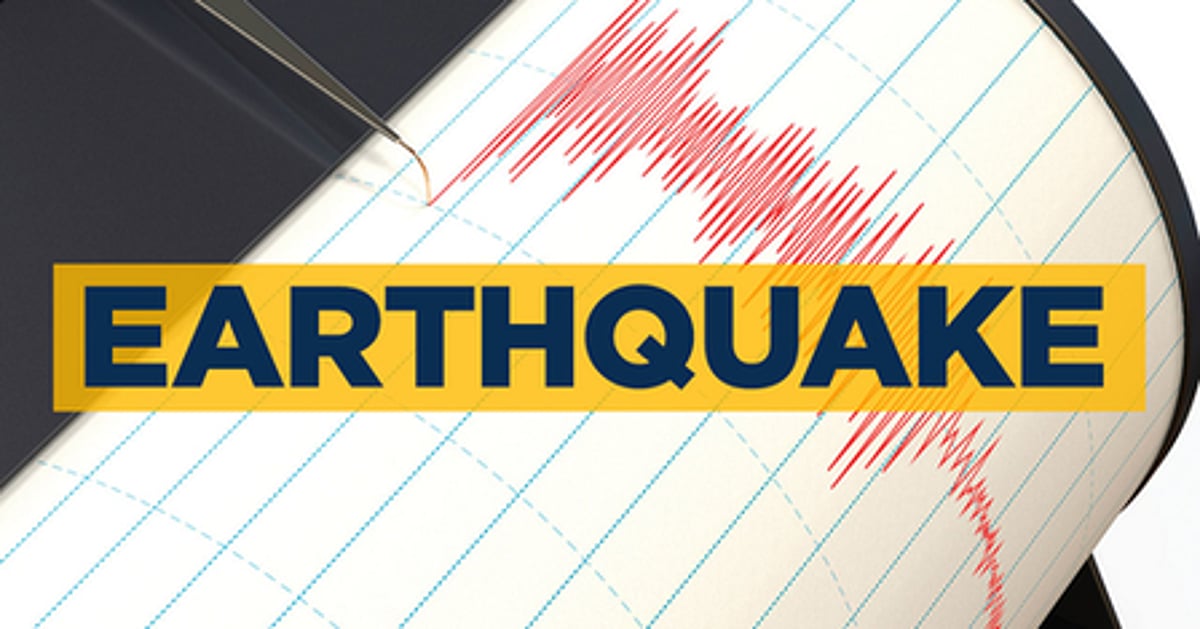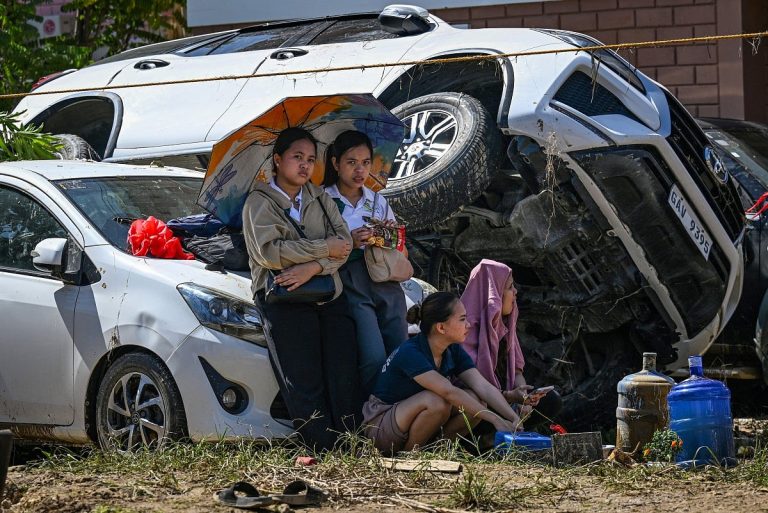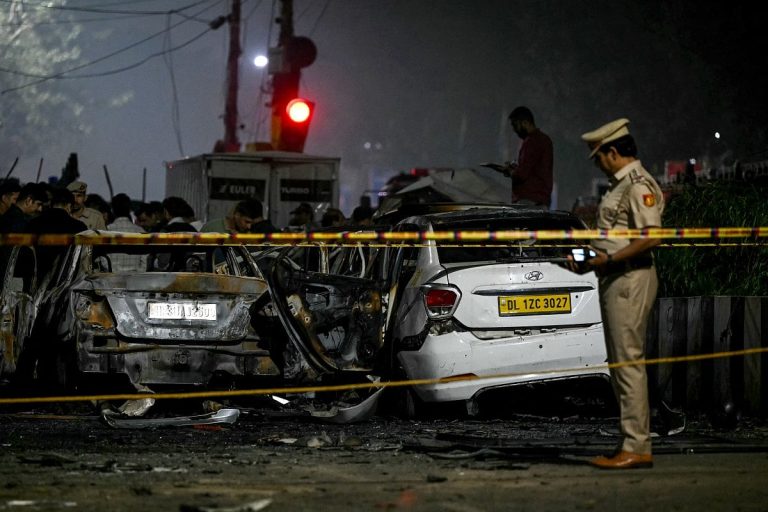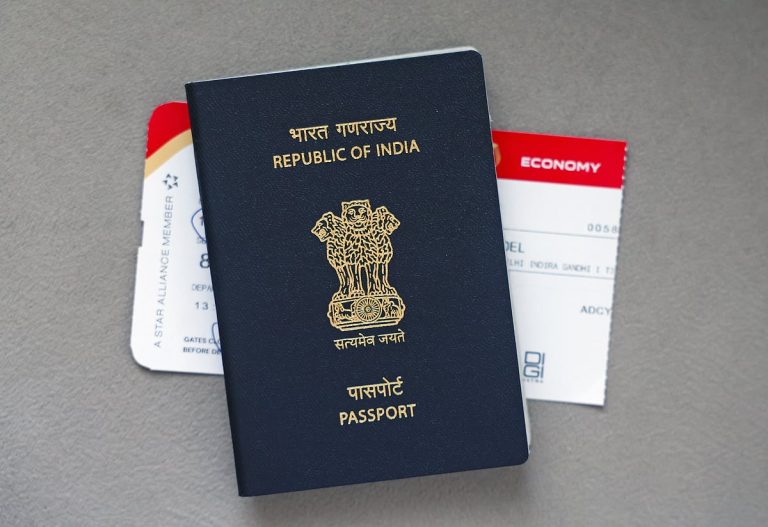6.1 Magnitude Earthquake Hits Southern Philippines
A significant earthquake shook the southern Philippines on Friday, as reported by the United States Geological Survey (USGS). This tremor follows a series of powerful quakes that have recently affected the region, raising concerns about safety and potential damage.
Details of the Earthquake
The 6.1 magnitude quake occurred near Dapa municipality in Surigao del Norte province, at a depth of approximately 69 kilometers. Local rescuer Ralph Cadalena noted that while the tremor was strong, it was brief, and there were no immediate reports of casualties or structural damage.
Recent Seismic Activity
This latest earthquake comes just a week after two significant quakes measuring 7.4 and 6.7 struck the eastern part of Mindanao island, resulting in at least eight fatalities. Prior to those events, a magnitude 6.9 earthquake had already devastated Cebu province, leading to 76 deaths and damaging or destroying around 72,000 homes.
The Philippines and Earthquake Risk
The Philippines is located on the Pacific “Ring of Fire,” an area known for its high seismic activity. Earthquakes are common in this region, with historical events such as the 1976 8.0-magnitude quake off Mindanao’s southwest coast, which caused a tsunami and resulted in approximately 8,000 deaths or disappearances, marking it as the deadliest natural disaster in the country’s history.
FAQs
What should I do during an earthquake?
During an earthquake, drop to the ground, take cover under a sturdy piece of furniture, and hold on until the shaking stops. Stay indoors if you are already there, and avoid windows and heavy objects.
How can I prepare for future earthquakes?
To prepare for future earthquakes, create an emergency kit with essential supplies, develop a family communication plan, and secure heavy furniture and appliances to prevent them from tipping over.
Are there any early warning systems for earthquakes in the Philippines?
Yes, the Philippines has implemented an earthquake early warning system that can provide alerts seconds before shaking begins, allowing people to take cover and prepare for the tremors.
Conclusion
The recent 6.1 magnitude earthquake in the southern Philippines highlights the ongoing seismic activity in the region. While there were no immediate reports of damage or casualties, the situation remains a reminder of the importance of preparedness in earthquake-prone areas. Authorities continue to monitor seismic activity and provide updates to ensure public safety.
The Philippines experiences frequent seismic activity due to its location along the Pacific Ring of Fire, where tectonic plates converge and create a high likelihood of earthquakes. This region is characterized by numerous fault lines, making it one of the most earthquake-prone areas in the world. The government has established various measures to enhance public safety, including earthquake drills in schools and communities, as well as the promotion of building codes designed to withstand seismic events. These initiatives aim to minimize the impact of future earthquakes and ensure that residents are prepared for potential emergencies.
In addition to earthquakes, the Philippines is also vulnerable to other natural disasters, such as typhoons and volcanic eruptions. The combination of these hazards poses significant challenges for disaster preparedness and response efforts. Local and national authorities work closely with international organizations to improve disaster risk reduction strategies and enhance the resilience of communities. This includes investing in infrastructure improvements and developing early warning systems that can provide timely alerts to residents in affected areas.
The recent seismic events have prompted discussions among experts regarding the need for continuous research and monitoring of earthquake patterns in the region. Scientists emphasize the importance of understanding the geological factors that contribute to seismic activity, which can help predict future earthquakes and inform public policy. As the Philippines continues to face the threat of natural disasters, ongoing education and community engagement will be crucial in fostering a culture of preparedness and resilience among its citizens.
Also Read:
UAE Enhances Emergency Preparedness with Tsunami Simulation
Filipinos Express Major Concerns Over Government Corruption
Bolt Partners with Network International to Enhance Payments







